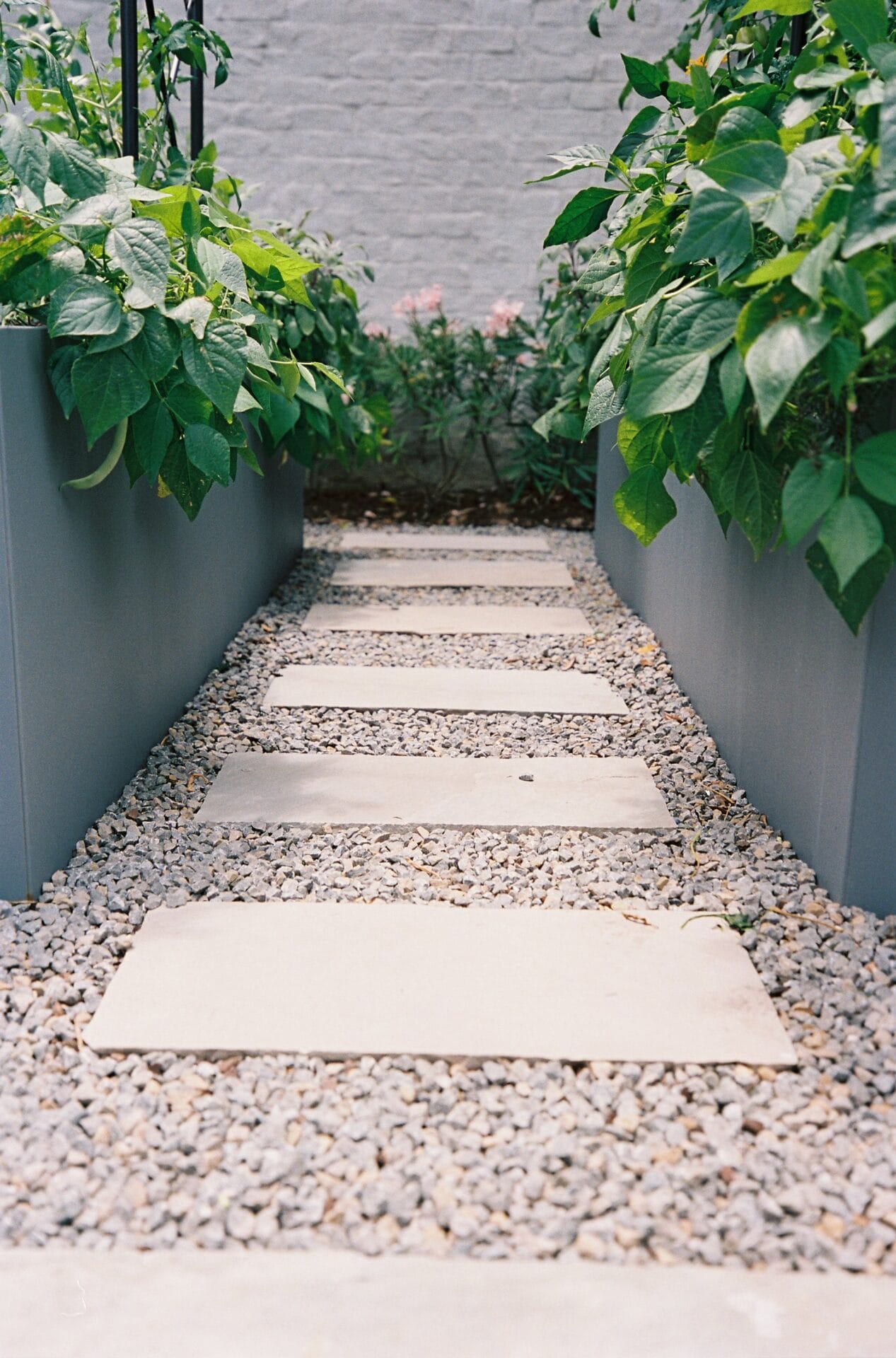How to Make Your Fence Pet-Safe and Neighbor-Friendly
By Innovation Grounds
When it comes to creating a safe and secure environment for your pets while also maintaining a good relationship with your neighbors, the right fence can make all the difference. Whether you have a dog that loves to run, or you want to ensure that your cats stay safely within the yard, building or upgrading to a pet-safe fence is essential. But it’s not just about your pets’ safety; it’s also about being considerate of your neighbors. In this guide, we’ll explore how to create a pet-safe fence that is both effective and neighbor-friendly.
1. Choose the Right Fence Material for Your Pet-Safe Needs
The first step in creating a pet-safe fence is choosing the right material. You want something durable, sturdy, and pet-friendly. Here are some of the best options:
Wooden Fences: A classic choice, wooden fences can provide the privacy your pet needs, and they can be built to any height. Just make sure the wood is treated to withstand the elements and any chewing your pet might do.
Vinyl Fences: Vinyl is low-maintenance and durable, making it an excellent choice for pet owners. It’s also smooth, so your pets won’t be able to climb or chew through it.
Metal Fences: If you’re looking for a strong, long-lasting option, metal fences (such as wrought iron or aluminum) are great. However, make sure the gaps between the bars are narrow enough to prevent your pet from slipping through.
Chain-Link Fences: While chain-link is a common choice, it may not be ideal for all pets. Some pets may try to dig under or climb over it. However, adding a vinyl coating or installing slats can help make it more pet-friendly.

2. Height Matters: Keep Pets In and Others Out
The height of your fence is one of the most important considerations for making it pet-safe. For dogs, especially active or jumpy breeds, a fence that is 6 feet high is ideal. For cats, a 4-5 foot fence with a slight overhang may be sufficient to keep them inside. If you have a particularly athletic dog, you might need a taller fence or additional features like a slanted top to prevent climbing.
Additionally, consider the fence’s design. A solid fence (without gaps) will help keep pets from seeing what’s on the other side, reducing distractions and preventing them from trying to escape.

3. Secure the Bottom to Prevent Digging
One of the most common ways pets escape is by digging under the fence. Dogs, in particular, can be quite skilled at digging, and even small gaps at the bottom of your fence can lead to a great escape. To prevent this, consider:
Buried Fence: Digging a small trench along the base of the fence and burying the bottom 12-18 inches can prevent pets from digging underneath.
Concrete Footer: For added security, you can pour a concrete footer along the base of the fence to block any digging attempts.
Anti-Dig Barrier: Installing an anti-dig barrier, such as a plastic or metal mesh, along the bottom of the fence is another great solution.

4. Ensure Visibility for Neighbor-Friendly Design
A pet-safe fence doesn’t just need to be functional—it should also be considerate of your neighbors. A fence that blocks too much visibility can feel imposing and create tension with neighbors. To maintain a good relationship, opt for a fence design that allows some degree of visibility while still keeping your pets safe.
Consider the following designs:
Semi-Privacy Fences: These fences have small gaps or spaces between boards, allowing for airflow and visibility while still providing privacy for you and your pet.
Open Style Fences: If privacy isn’t a top concern, an open-style fence like a picket fence can allow you to keep your pet safely contained while still maintaining a neighbor-friendly appearance.
Landscape Screening: You can also soften the look of a fence by planting shrubs or climbing vines that add privacy and blend the fence seamlessly into your yard.

5. Regular Maintenance for Safety and Aesthetics
Once your pet-safe fence is in place, regular maintenance is key. Check for any holes, loose boards, or gaps that could allow your pet to escape or create a safety hazard. Keep the fence clear of debris, and trim any overhanging branches that could give your pet a way to climb over.
Additionally, keeping your fence clean and well-maintained will not only help ensure your pet’s safety but will also keep your yard looking tidy and neighbor-friendly.

Conclusion
A pet-safe fence is a smart investment for both the safety of your pets and the harmony of your neighborhood. By selecting the right material, ensuring proper height, securing the bottom to prevent digging, and designing a fence that’s considerate of your neighbors’ views, you can create a safe, secure, and beautiful outdoor space for both your pets and the community. Whether you’re looking for a simple upgrade or a complete replacement, these tips will help you build a fence that’s pet-safe and neighbor-friendly for years to come.
If you’re in the market for a pet-safe fence, contact a local fencing expert to find the best solution tailored to your home and pets!



